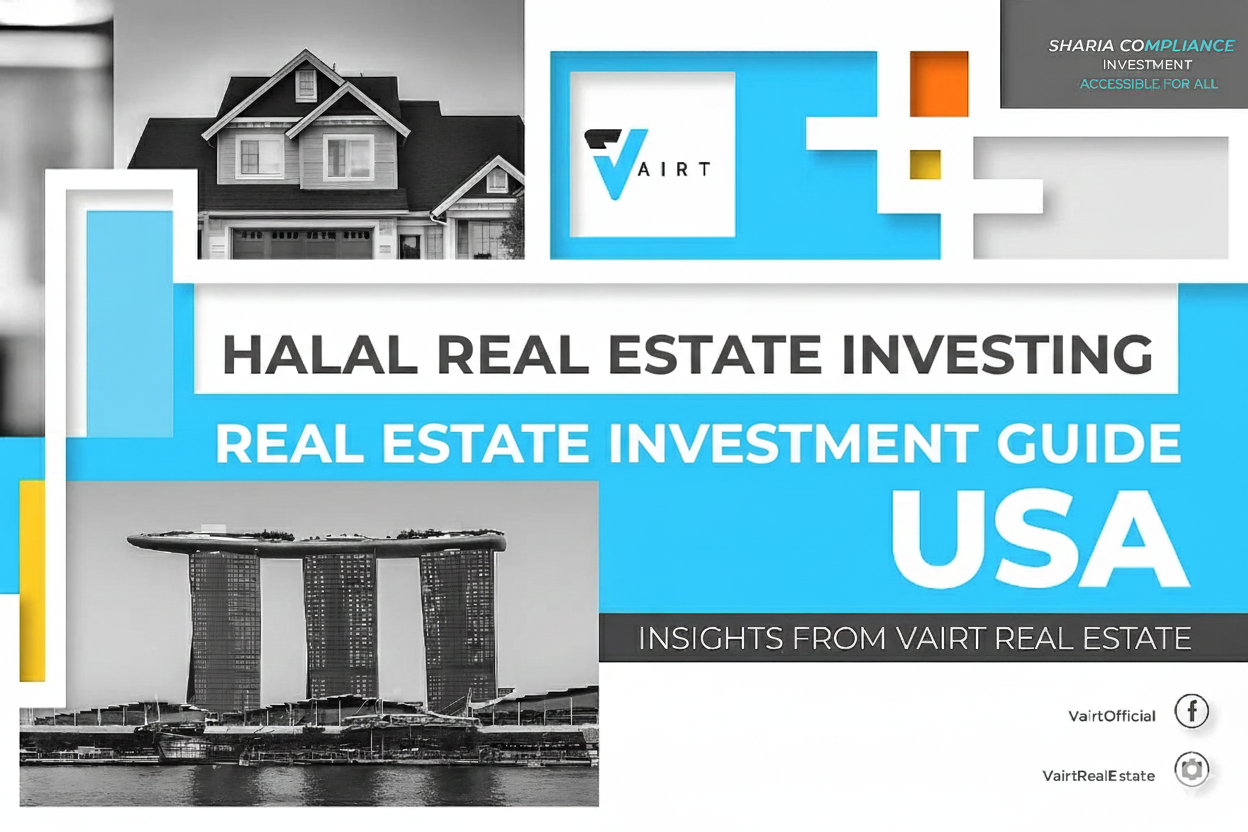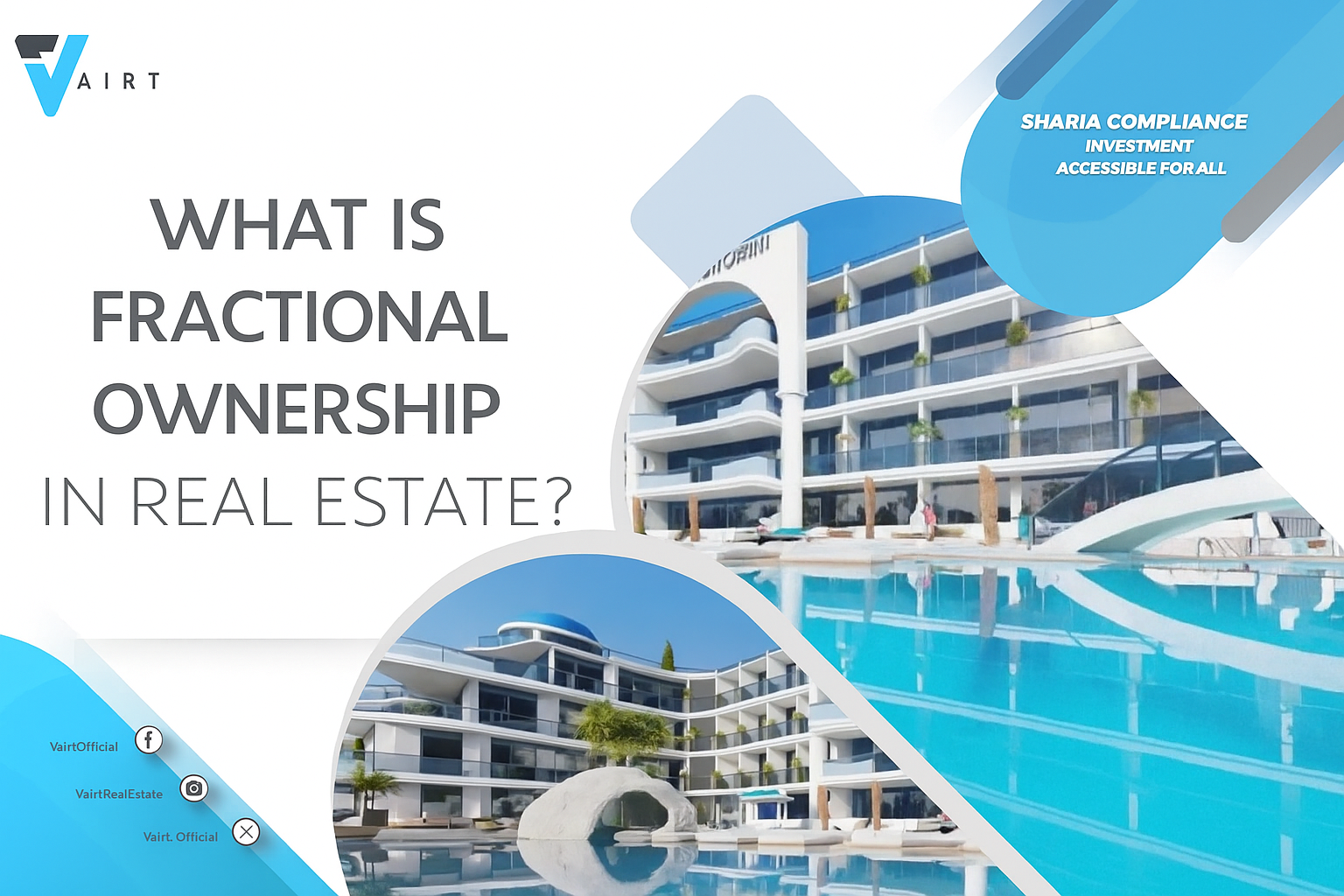

What Fractional Ownership Really Means?
How Fractional Ownership Works?
Why Fractional Ownership has Grown in the U.S?
Types of Fractional Ownership Structures
Fractional Ownership vs. Timeshares vs. Crowdfunding
Benefits of Fractional Ownership
Potential Drawbacks to Consider
Who Fractional Ownership Is Best For?
Fractional Ownership in U.S. Real Estate Today
The rising cost of U.S. real estate, changing lifestyle trends, and the desire for passive income have opened the door to a modern approach to property investment: fractional ownership. This model makes it possible to own part of a property—rather than the whole asset—while still enjoying income potential, equity growth, and scheduled usage rights.
For many investors and lifestyle buyers, fractional ownership is becoming a practical path into the real estate market without the heavy financial burden of sole ownership.
Fractional ownership is a structure where multiple buyers share ownership of a single asset, typically a high-value property such as a vacation home, city apartment, or investment rental.
Instead of purchasing the entire property, each person buys a percentage of ownership, and that percentage determines:
How much equity they own?
How much of the property they can use?
How much income they earn?
How much of the expenses they share?
Unlike a timeshare—which only sells time fractional owners hold actual ownership, often documented through a deed or membership units in an LLC.
Although the structure varies, the basic process is straightforward:
A property is acquired and placed under a legal structure (often an LLC).
Ownership is divided into fractions (e.g., 1/8, 1/4, or 1/2).
Investors purchase shares, giving them proportional equity.
Costs such as taxes, repairs, insurance, and utilities are shared.
Owners use the property based on a fair scheduling system.
If the property appreciates, each investor’s share value increases.
Owners may resell their share, depending on the agreement.
This approach blends real ownership with shared responsibility, making premium properties accessible at a much lower entry cost.
Several trends have pushed fractional ownership into the mainstream:
High real estate prices in major U.S. cities and vacation destinations
Remote work lifestyles, encouraging part-time living in multiple locations
Demand for passive income properties
Growth of the sharing economy (Airbnb, Uber, etc.)
Tech-driven platforms that simplify co-ownership and management
For many Americans priced out of second homes, fractional ownership offers a realistic alternative.
1. LLC or Legal Entity Ownership
The property is owned by an entity, and buyers purchase shares in that entity.
Benefits: Strong legal protection, simple resale, clear management.
Common for: High-end vacation homes, curated co-ownership programs.
2. Tenancy-in-Common (TIC)
Each owner receives an individual deed for a percentage of the property.
Benefits: Direct property ownership and flexibility.
Common for: Urban residential units and small investment groups.
3. Syndicated or Managed Fractional Investments
A sponsor purchases a property and sells fractional interests to investors.
Benefits: Professionally managed, fully passive for investors.
Common for: Commercial buildings, rental portfolios, and luxury homes.
Fractional Ownership
You own real equity
Limited number of owners
Property value affects your share value
Usage rights are part of ownership
Timeshares
You only own time, not real estate
Up to 52 users per unit
Limited resale value
Often high maintenance fees
Crowdfunding
You own a financial stake, not usage rights
Usually passive, with no personal access
Investment depends on the platform’s structure
Fractional ownership stands out because it blends equity, usability, and affordability.
1. Lower Financial Barrier
Buying 1/8 or 1/4 of a property dramatically reduces upfront costs.
2. Access to High-Value Real Estate
Luxury homes, beach houses, mountain cabins, and city condos become attainable.
3. Real Equity Growth
If the property appreciates, each owner’s share increases in value.
4. Shared Expenses
Taxes, HOA fees, repairs, and maintenance are split proportionately.
5. Scheduled Personal Use
Owners enjoy guaranteed access based on their ownership percentage.
6. Less Stress and Management Work
Most fractional homes come with professional upkeep, property management, and operations included.
7. Portfolio Diversification
Instead of buying one home, investors can own fractions of multiple properties.
1. Financing Can Be Limited
Not all lenders provide mortgages for fractional shares.
2. Resale May Be Slower
Finding buyers for fractional shares requires a specific marketplace.
3. Shared Decision-Making
Décor, upgrades, rent policies, and rules must be mutually agreed upon.
4. Usage Scheduling
High-demand seasons may require advanced planning.
5. Limited Flexibility
You’re tied to one location unless you own multiple fractions.
Investors
Looking for passive rental income
Wanting exposure to real estate without buying whole properties
Seeking inflation-resistant, long-term asset growth
Second-Home Buyers
Want a vacation home without full maintenance or cost
Prefer high-end locations but don’t want to pay multimillion-dollar prices
First-Time Buyers (in some models)
Innovative fractional programs allow buyers to build equity while living in the property, especially helpful in high-cost U.S. cities.
Fractional ownership continues to gain traction across the United States, particularly in:
Florida
California
Colorado
Texas
Arizona
The Carolinas
High-demand vacation zones and luxury markets
Many platforms now support seamless ownership, including scheduling apps, property managers, legal structures, and resale marketplaces.
For Americans seeking a smarter way to enter real estate or enjoy lifestyle properties, fractional ownership is no longer a niche—it’s becoming a mainstream strategy.
Fractional ownership has reshaped real estate by offering a balanced way to own premium properties at a fraction of the cost. It provides true equity, predictable usage, shared expenses, and the potential for long-term appreciation, making it a powerful option for both lifestyle buyers and passive investors.
While it does come with shared decision-making and occasional resale limitations, the overall model offers a compelling path into high-value U.S. real estate without the full financial burden of traditional ownership.
1. Do fractional owners receive a deed?
Yes—depending on the structure. LLC models issue membership shares, while TIC models issue individual deeds for each owner.
2. Is fractional ownership the same as a timeshare?
No. Timeshares sell usage time only, while fractional ownership sells real equity in the property.
3. Can I finance fractional ownership?
Some lenders offer fractional loans, but availability varies. Many buyers choose cash for simplicity.
4. Can I resell my fractional share?
Yes, though the resale process depends on the ownership agreement and market demand.
5. Who manages the property?
Most fractional homes are managed by a professional company responsible for maintenance, cleaning, scheduling, and repairs.
6. Can fractional ownership generate income?
Yes—if the property allows rentals. Income is distributed according to each owner’s percentage.

Comments